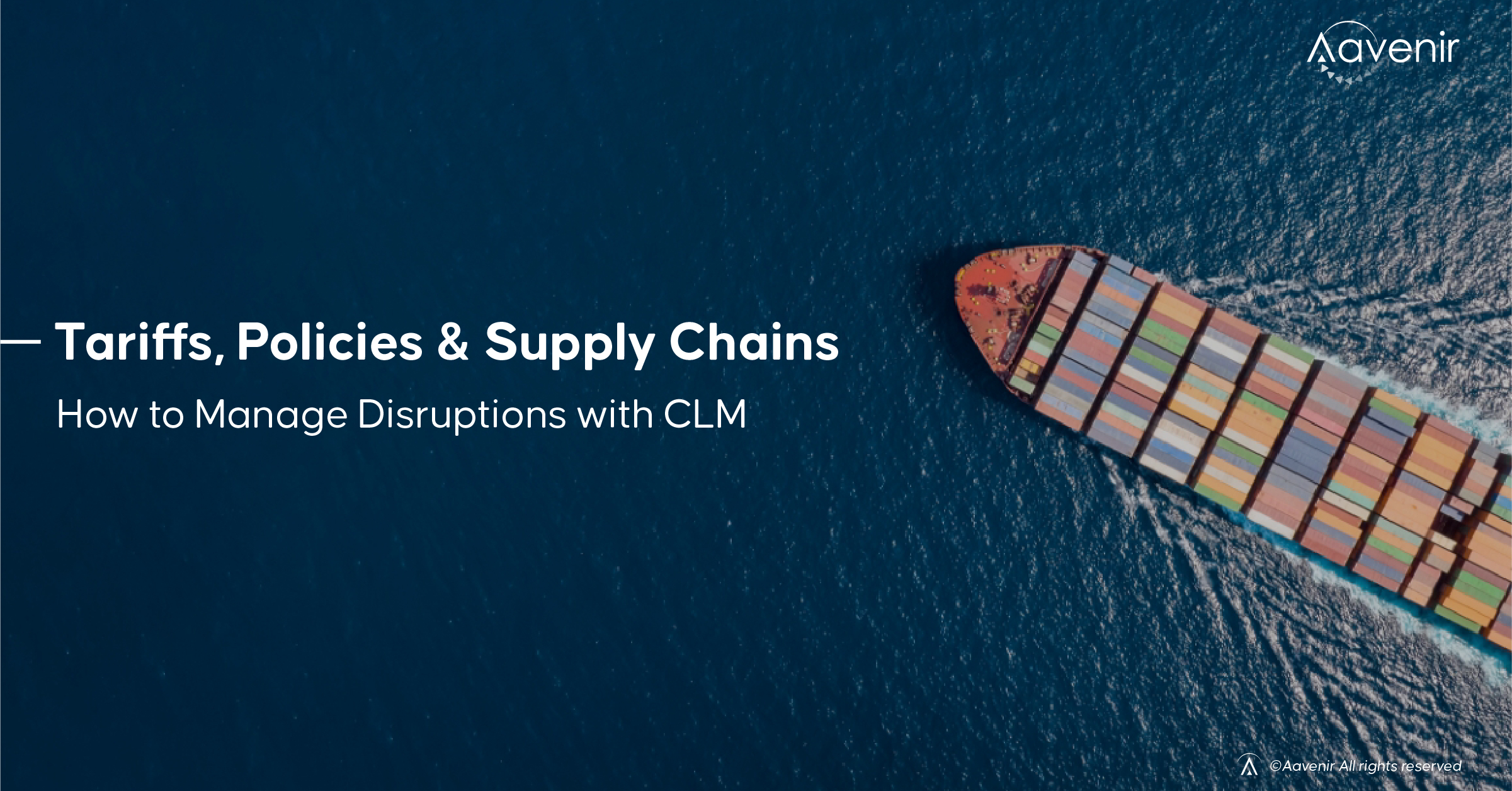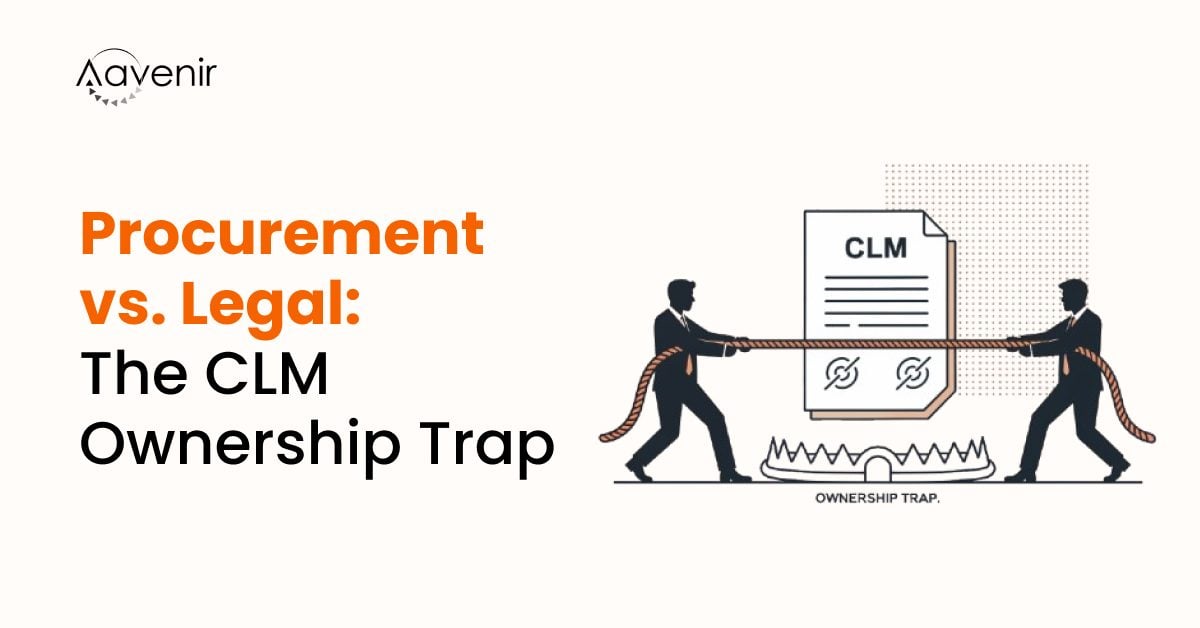If you are a Chief Revenue Officer, Chief Procurement Officer, or Chief Legal Officer, you are likely feeling the tremors from the latest policy shift. On February 1, 2025, the US administration announced hefty tariffs on imports from Canada, Mexico, and China, with varying implementation dates.
- New tariffs impacting trade with China, Mexico, Canada, and other key markets
- Specific tariffs affecting energy exports from Canada
- Tariffs affecting trade with China and other key markets
In addition, new executive orders impacting funding at various levels add another layer of complexity, further intensifying the effect on contracts and the global supply chain.
The 10% tariff on imports from China took effect on February 4, while tariffs on imports from Canada and Mexico have been postponed for 30 days, now set to take effect on March 4, aren’t just newsworthy headlines; they could hit your business where it hurts—the contracts that define your pricing, suppliers, and bottom line.
Why This Matters to You
Contracts are dynamic documents that must evolve with market conditions. These policy shifts underscore the critical need for contract agility. Key questions to consider:
- Who absorbs the cost increases—your business, customers or vendors?
- Are your current contracts flexible enough to adapt to new trade conditions?
- How do you prevent disputes, delays, and supply chain disruptions?
- Can you quickly locate and analyze impacted contracts by geography, vendor, product, clause language, or price protection terms?
The Hidden Risks in Your Existing Contracts
Most contracts were negotiated in a pre-tariff increase world, meaning they likely don’t account for this sudden cost spike. We can say there are many risky provisions in contracts that should be looked at. Some of them are:
1. Pricing Clauses That Didn’t See This Coming
Many contracts have fixed pricing terms that don’t account for new tariffs. If your company imports auto parts, semiconductors, or textiles, you might be facing a major price surge.
- Example: The auto industry is already strategizing around potential price increases and supplier shifts. (WSJ, 2025)
2. Force Majeure & Hardship Clauses: Do They Cover Tariffs?
Some suppliers might attempt to invoke force majeure or hardship clauses to re-negotiate or terminate contracts. But tariff changes may not always qualify as an ‘unforeseen event,’ meaning you could be stuck in a contractual gridlock.
- Action Step: Work with your legal teams to analyze whether you can re-negotiate terms.
3. Supply Chain Disruptions & New Sourcing Headaches
Suppliers will be looking for alternative sourceswith tariffs in place, which means potential delays. Some Chinese manufacturers have already started shifting production to Vietnam to bypass U.S. tariffs. (The Times, 2025)
- Impact on You: A shift in sourcing could affect contract delivery timelines and compliance requirements.
How to Futureproof Your CLM Strategy
Let’s explore actionable steps to address these challenges.
Finding and Understanding Impacted Contracts
Whether due to tariffs, COVID-19, or geopolitical conflicts, businesses must swiftly identify impacted contracts. Robust search and contract access mechanisms—including AI-powered smart search with natural language or Google-like capabilities—enable enterprises to:
- Filter contracts by region, vendor, and products to identify agreements that may expose the organization to risk
- Search key clauses like price adjustment, exclusivity, and force majeure for potential liabilities
- Analyze cost pass-through obligations to uncover provisions that could lead to financial or compliance risks
Example (Financial Services): A bank with multi-region outsourcing agreements must assess if tariff-related cost hikes trigger penalty clauses in vendor contracts.
The Importance of Understanding Contract Provisions
We should keep it generic and say AI assistants can interpret & understand contracts. Instead of manually reviewing hundreds of pages, Avy can quickly interpret critical terms such as:
- Exclusivity Arrangements – Does your contract prevent you from sourcing elsewhere in response to tariffs?
- Pass-Through Provisions – Can you pass increased costs to customers?
- Price Change Clauses – What are the conditions for adjusting pricing?
- Termination & Amendment Terms – Can you exit the contract or renegotiate with minimal restrictions?
Example (Retail & Logistics): If a logistics contract includes a mandatory six-monthtermination notice, a retail chain may not be able to switch suppliers quickly enough to avoid cost surges and may need to review other provisions to renegotiate the contract or exit it.
Handling Both Buy-Side & Sell-Side Agreements
Enterprises often have exposure on both ends—procurement and sales. A CLM solution must provide a holistic view of:
- Vendor contracts – Managing supplier risks and cost adjustments.
- Customer contracts – Ensuring you can uphold commitments and renegotiate if necessary.
Example (Manufacturing): An automotive parts supplier needs to evaluate how increased material costs from Mexico impact both their procurement costs and their sales contracts with automotive manufacturers.
Visibility into Obligations and Supplier Performance
AI-powered contract management isn’t just about seeing what’s written—it’s about understanding compliance and historical performance to strengthen negotiations. Enterprises can:
- Identify which suppliers have historically failed to meet obligations.
- Determine which commitments are at risk based on changing trade policies.
- Use AI to track financial exposure across agreements.
Example (Healthcare): A hospital network analyzing contract fulfillment from PPE suppliers during COVID-19 can use past performance data to make better sourcing decisions under new tariffs.
Taking Action: Workflow Capabilities to Handle Impact
Visibility is only half the battle—organizations need robust workflows in their CLM solutions to address the impact of disruption. Key must-have capabilities in this area include:
- Mass contract amendments – Update pricing, payment terms, and conditions at scale.
- New contract templates – Quickly generate compliant templates for new supplier arrangements and use them in new contracts – without system downtime
- Approval workflows – Deploy expedited and updated approval processes for emergency sourcing changes – without system downtime.
- Pause or Hold Agreements – Temporarily suspend contracts when policies are uncertain.
Example (Financial Services): A multinational bank facing compliance rule changes can first search for impacted contracts containing a specific clause and then trigger a mass amendment across global vendor contracts to update the clause to align with new regulations.
The Bottom Line: Be Proactive, Not Reactive
Tariffs aren’t just a trade issue; they are a contract issue. Companies that proactively adapt their contract lifecycle management can avoid costly disputes, protect their margins, and maintain stronger supplier relationships. Enterprises with robust CLM solutions that offer these capabilities will be more agile, enabling them to quickly address supply chain disruptions and mitigate risks.
If you haven’t revisited your contracts in light of these new tariffs, now is the time. The difference between thriving and merely surviving in this shifting landscape comes down to how well you manage your contracts.
What’s Next?
At Aavenir, we specialize in helping businesses futureproof their contract management processes. Let’s discuss how you can navigate these changes with confidence.
Get in touch to learn more about agile CLM strategies that work in a volatile trade environment.




